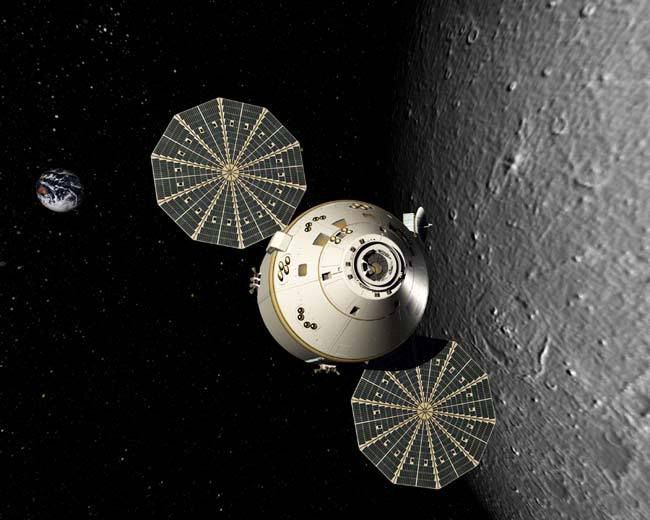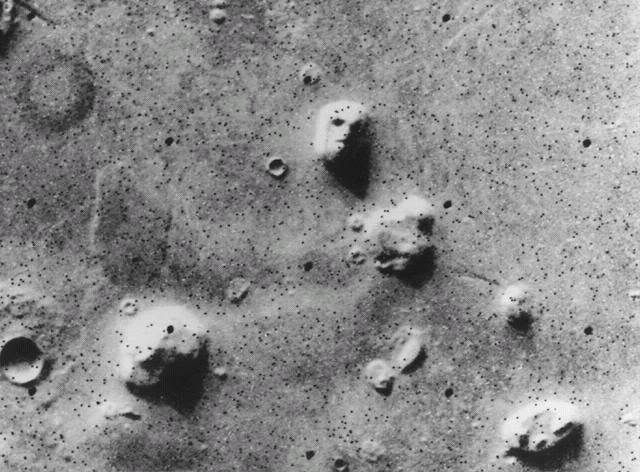
pendragon
Shared on Fri, 03/28/2008 - 14:27Turns out life isn't all that fragile
"Researchers have discovered an isolated, self-sustaining, bacterial community living under extreme conditions almost two miles deep beneath the surface in a South African gold mine. It is the first microbial community demonstrated to be exclusively dependent on geologically produced sulfur and hydrogen and one of the few ecosystems found on Earth that does not depend on energy from the Sun in any way.
- Read more about Turns out life isn't all that fragile
- 5 comments
- Log in or register to post comments




